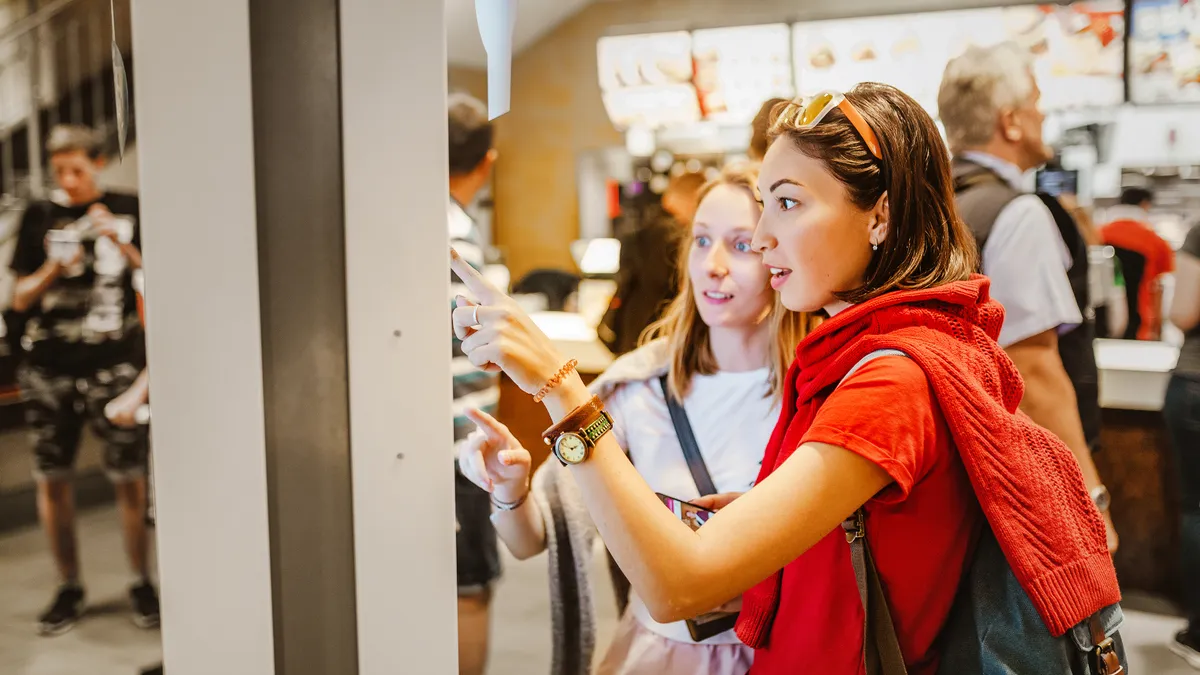The restaurant industry is all too familiar with economic downturn challenges and the lasting impacts of unprecedented events. And while foodservice organizations have proved their resiliency and ability to pivot on a dime, no one wants to feel like they’re playing catch up constantly.
When many hear the term automation, it feels impossible — either your organization is too big to make widespread changes, or your business is too small to make the necessary technology investments. But the truth is, organizations of all sizes can start taking steps toward automation — and in the restaurant industry, this is the key to future-proofing your business and getting ahead of hard times.
Let’s look at how three very different restaurant businesses are maturing toward automation with device-based solutions — and doing more with less.
Improved customer service with CRM integrations
Leader in restaurant innovation and modern delivery concepts, Nextbite, felt the surge of Covid-related online order needs. Their online ordering consolidation solution, Ordermark, provided a much-needed and timely offering for restaurants going digital, but this also meant new challenges in managing a growing client base.
Already working with Esper for device and application management, Nextbite turned to the Esper team for help automating their customer support workflow. Previously, the frontline customer service team only had access to their internal CRM but not any device management functionality. So when a customer would call in with a device problem, the reps could only troubleshoot based on what was described over the phone, but lacked device visibility.
To solve this, Esper helped the Nextbite team build a custom integration with their CRM. Now, when a customer calls in, the Nextbite reps have access to the Esper dashboard, and they can see the customer’s device status, health and location. Empowering the customer service team with remote viewing capabilities has resulted in happier customers, fewer escalated service tickets and a customer service team capable of resolving a higher number of issues in less time.
Skipping manual updates by upgrading operating systems
When organizations think about automation, it’s often focused on what’s new — new software, new equipment, new processes. And sometimes the out-with-the-old-in-with-the-new mindset can help businesses take steps toward modernization. But for many of Esper’s restaurant clients, one of the most effective steps they take toward automation is giving new life to old hardware.
One of our clients, a global QSR, was prepared to manually update their in-store PoS systems, one at a time when they engaged with Esper. These machines were x86 devices running an unsupported version of Windows — leaving the door open for security and device performance problems. It was clear a lightweight operating system like Android was a better long-term choice, but a rip and replace of all their PoS machines was a notable investment. Fortunately, our client didn’t have to choose between their existing hardware and a new operating system.
Esper Foundation for x86 provided a solution for “flipping” thier existing x86 machines from Windows to Android — all on the original hardware. With the millions saved in OpEx, the business is able to shift focus toward innovation and creating exceptional customer experiences instead of replacing the hardware in hundreds of restaurants. And now, they can update their PoS systems over-the-air with scheduled releases instead of uploading updates manually.
Consolidating device management software and application management
Before working with Esper, one of our clients — a restaurant group with casual dining franchises — was using two different products to manage their devices and were still limited in their abilities.
While the disadvantages of working with two device management products is obvious, many find themselves in this situation. The reason for this is that while restaurants innovate rapidly, smart edge technology is only about a decade old and most smart device software hasn’t caught up to accommodate the full spectrum of modern business needs.
Now, with Esper, the restaurant group can manage all devices on one pane of glass where they can quickly and easily check device status and health, get data about device and application usage and much more. By finding one device agnostic solution in Esper, the team is streamlining operations and reducing the number of third party applications.
While automation can feel daunting, the key to successful automation, especially in challenging economic times, is finding the right technology partner. Esper partners with restaurant operations of all shapes and sizes to deliver custom solutions for modernization.










